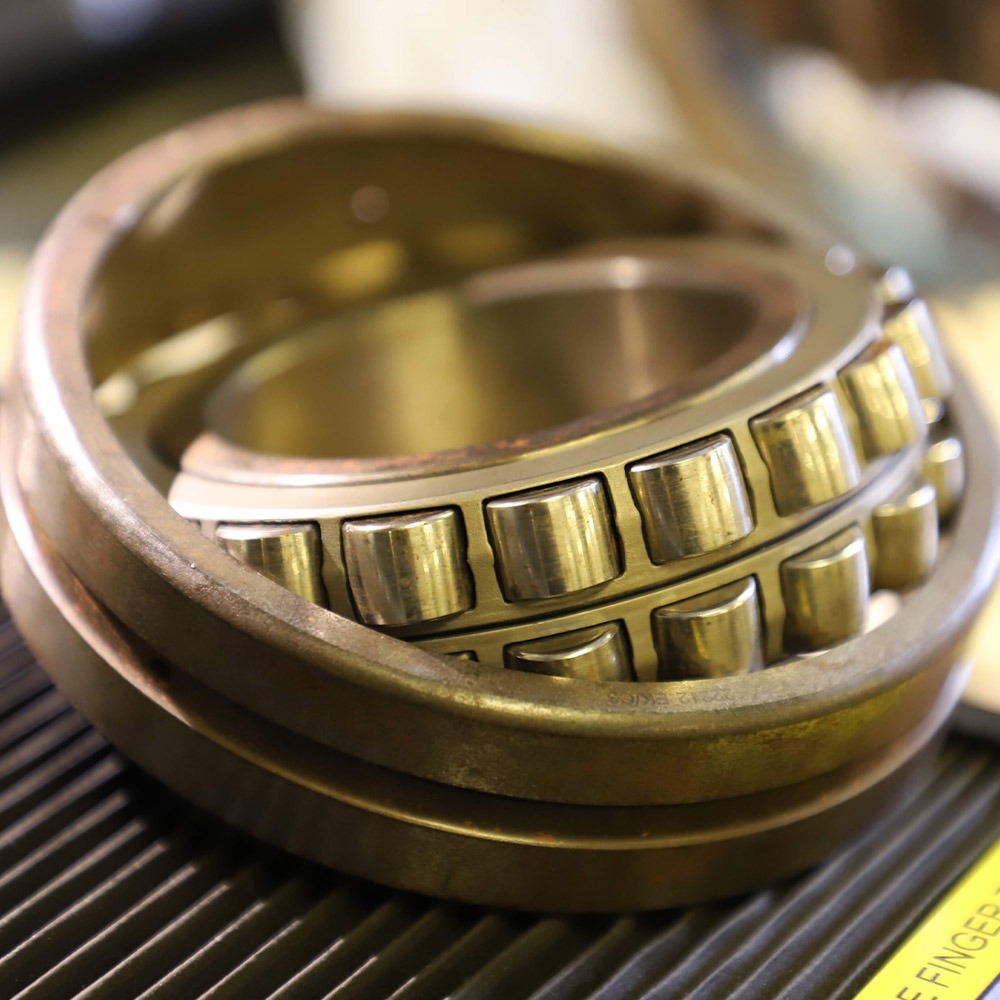11 Jun Materials and Manufacturing | Monitoring and control of false brinelling
Materials and Manufacturing
Monitoring and control of false brinelling
Bombardier Transportation (Dale Hayter) / University of Queensland (Paul Meehan)

Research summary
As the rail industry becomes increasingly global, the requirement to understand the effects of transport-related movement and forces on rail components is critical. Currently when bearings are being transported, a form of wear called false brinelling can occur. This project involved developing wear models and assessing bearings during transportation to understand the cause of false brinelling, so that future transportation conditions can be adjusted to ensure the bearings arrive in prime condition.
Start/end date
2 November 2016 to 2 November 2019
Total contracted budget (including in-kind)
$2,186,360
Key achievements
- The monitoring of vibration of bearings during transport enabled the quantifying of conditions that could cause false brinelling.
- Detailed microscopic analysis of bearings where false brinelling had occurred and novel laboratory experimentation enabled an efficient model for false brinelling to be developed.
- The project team was ultimately able to propose a number of ways that false brinelling of bearings during transportation could be eliminated.


